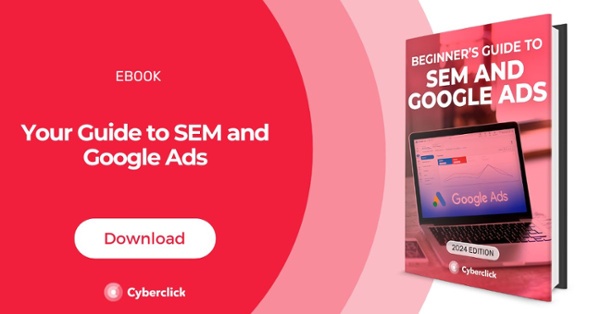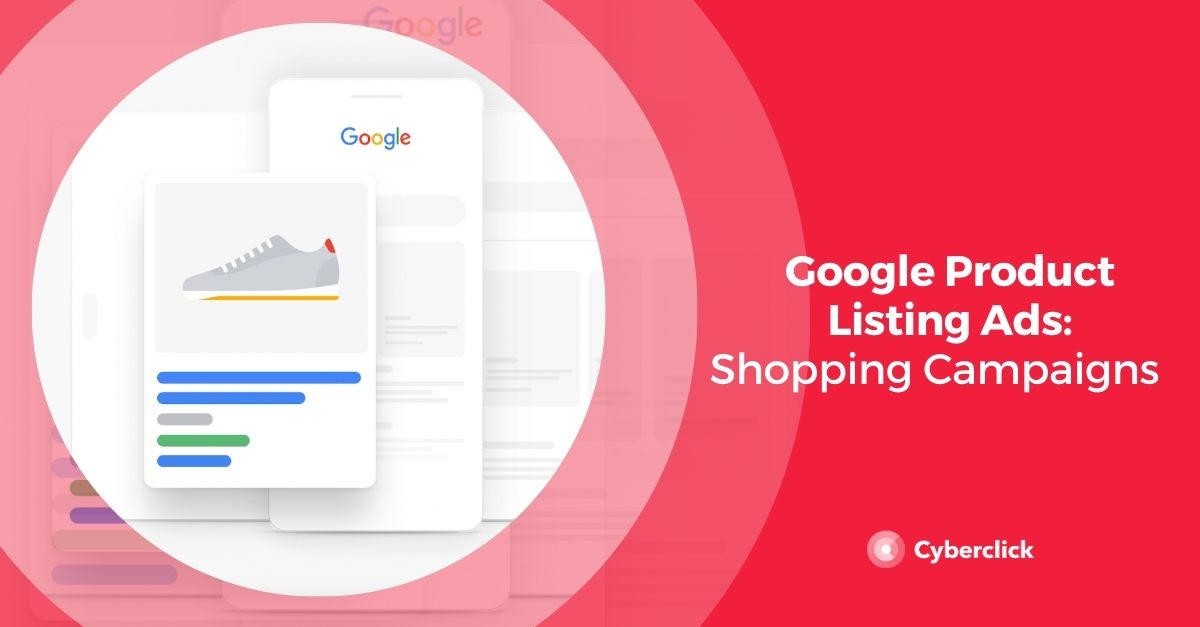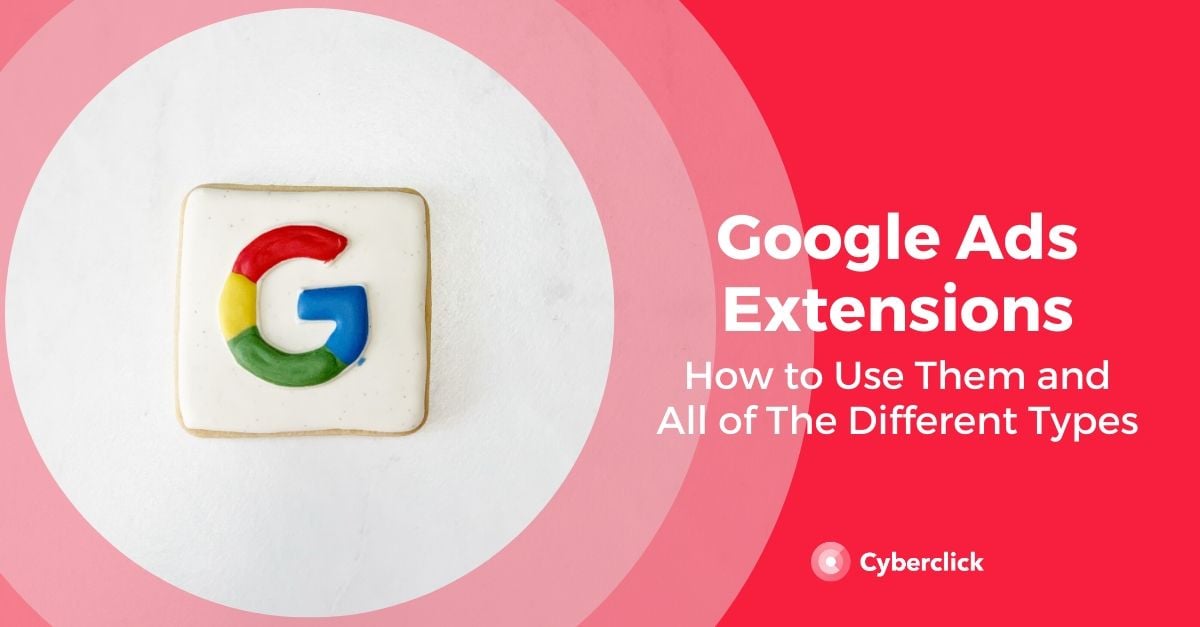We’ve all experienced it: that dread of sitting through or seeing the same ad or type of advertising that you’ve seen countless times. It’s a waste of your time and a waste of the advertiser’s time—it’s benefitting no one. As a marketer, ad fatigue is not to be taken lightly. Those precious, hard earned dollars you’re spending on ads need to be attracting customers, not switching them off and driving them away. So what exactly is ad fatigue and how can marketers overcome it? Read on for tips on making sure your ads land for the right people at the right time.
What Is Ad Fatigue?
Ad fatigue can be defined as when your audience is exposed to your ads so frequently that they become bored and uninterested. Obviously this negatively impacts engagement, sign ups and ultimately your bottom line. It’s a fine line between multiple exposures to an interested prospect and invasive over-saturation. The problem can derive from a number of sources such as poor quality ads or misaligned targeting, for example.
Luckily, there are a multitude of ways to figure out why your ads aren’t landing, which we’ll explore here.
What Is Banner Blindness?
Banner blindness is a form of ad fatigue where users intentionally ignore the banner ads that sit on the top or on the sides of a webpage. It’s a form of selective attention that can be conscious or unconscious, but is essentially detracting from the user experience.
Those poor banner ads get a bad rap. If you’re like me, you immediately begin scrolling when opening a page in order to avoid a banner ad and get to the content you actually want to see. It’s not necessarily that the ads are poorly designed or that I’m uninterested, I just have other priorities. As a marketer, banner blindness is something you want to address as soon as possible. Banner blindness and ad fatigue aren’t exactly the same thing but we can use the same tactics to combat them.
Why Do Ad Fatigue or Banner Blindness Happen?
It’s not always easy to know why your ads aren’t generating engagement and leading to sales. While it might have absolutely nothing to do with your ad per se, there are a few things you can do to reduce banner blindness. In general, if your ROAS (Return On Ad Spend) drops it could be ad fatigue. More specific signs that might point to banner blindness could be a drop off in click through rates, engagement or impressions.
How to Overcome Banner Blindness
Banner blindness can be hard to diagnose. Luckily, there are a few different tactics or tips you can use to overcome this problem. Some platforms even offer dynamic solutions. For example, Facebook ad fatigue is very common, so tools within Facebook Ads Manager can help determine reasons for the downturn. Let’s take a look at some different tips and tricks for ad fatigue.
Focus on Inbound Marketing
Internet users are over-saturated with ads they are not interested in nor care to see. Conversely, inbound marketing encourages the user to come to you, rather than you going to the user. The user has to search you out in inbound marketing, instead of you interrupting the user. This is why inbound is known as non-invasive.
These tactics are especially useful for banner blindness as users just want to get to the content they’re interested in. As the marketer, you simply guide users from curiosity to realizing that you might have the solution to one of their problems, and finally to making a purchase from you. There’s no manipulating or desperation from your side, but rather valuable content that serves their interests. Set up an inbound marketing funnel which integrates into your overall marketing strategy and work towards automation of the process.
Create Custom Ad Experiences
It’s hard enough to get your ads noticed and banner blindness compounds this reality. One way to combat this is to customize ads to specific users. This is especially impactful for remarketing efforts. Google Ads customizers allow you to tailor your Pay-Per-Click ads with different messaging depending on user actions. This ‘IF’ function could be whether they’ve made a purchase from you before or not, or whether they’re on a smartphone or tablet. Custom ad copy can also be displayed depending on search keywords used, a strategy known as Dynamic Keyword Insertion (DKI).
Ad customizers can also be used for time sensitive promotions, called ‘Countdown Ads’ which create a sense of urgency for buyers by inserting a countdown clock. The timezone can be adjusted to the user’s location or to a universal countdown clock. Ad customizers are a fantastic way to overcome banner blindness and ‘Parameter Customizers’ are especially flexible and fine tuned tools to try.
Avoid Looking Like an Ad
Sometimes it’s simply better to not appear as an obvious ad but rather as an integrated part of the featured content. Try using similar copy and colors to the content your ads are embedded in for a less intrusive presence. Bright and brash ads grab attention but if your target audience has banner blindness, then they’ll scroll right past that obvious attempt at advertising. A little subtlety can go a long way.
Change Ad Location
If it’s banner blindness you’re dealing with specifically, try changing your ad location. Ads placed in sidebars, page corners or mid page are less likely to be ignored and are generally less expensive. Remember, bigger isn’t always better and serving an ad in an unexpected place could get you more interest than a run of the mill banner ad.
Keep an Ad Rotation
When lining up your ad schedule make sure you’re rotating advertisements to keep things fresh. These ads can be very similar to each other but with slight changes in either text or imagery. This will directly reduce ad fatigue but still get your message across and gives you a better chance of connecting with different users. It also serves to split test what ads perform better and which you might want to leave out.
Ad fatigue and more specifically banner blindness happens to every marketing effort eventually. It’s only a matter of time before your ads, and ads in general, grow stale in the eyes of users. Overcoming ad fatigue can certainly be frustrating, yet with a few changes you can get back on track. Try shifting to a more inbound marketing based approach, creating custom ads and tweaking your content until you start seeing the results you’re after.
Data Scientist en Cyberclick. PhD en Astrofísica por la Universitat de Barcelona con más de diez años de experiencia en investigación mediante el análisis e interpretación de datos. En 2019 redirige su carrera profesional hacia el mundo del Data Science cursando el Postgrado en Data Science y Big Data de la UB, así como participando en el programa Science To Data Science (S2DS) en Londres. Actualmente forma parte del equipo de Data Science y SEM de Cyberclick.
Data Scientist at Cyberclick. PhD in Astrophysics from the University of Barcelona with more than ten years of research experience through data analysis and interpretation. In 2019 he redirected his professional career to the world of Data Science by graduating in Data Science and Big Data from the UB, as well as participating in the Science To Data Science (S2DS) program in London. He is currently part of Cyberclick's Data Science and SEM team.



_%20Advantages%20for%20Marketing.jpg)


Leave your comment and join the conversation